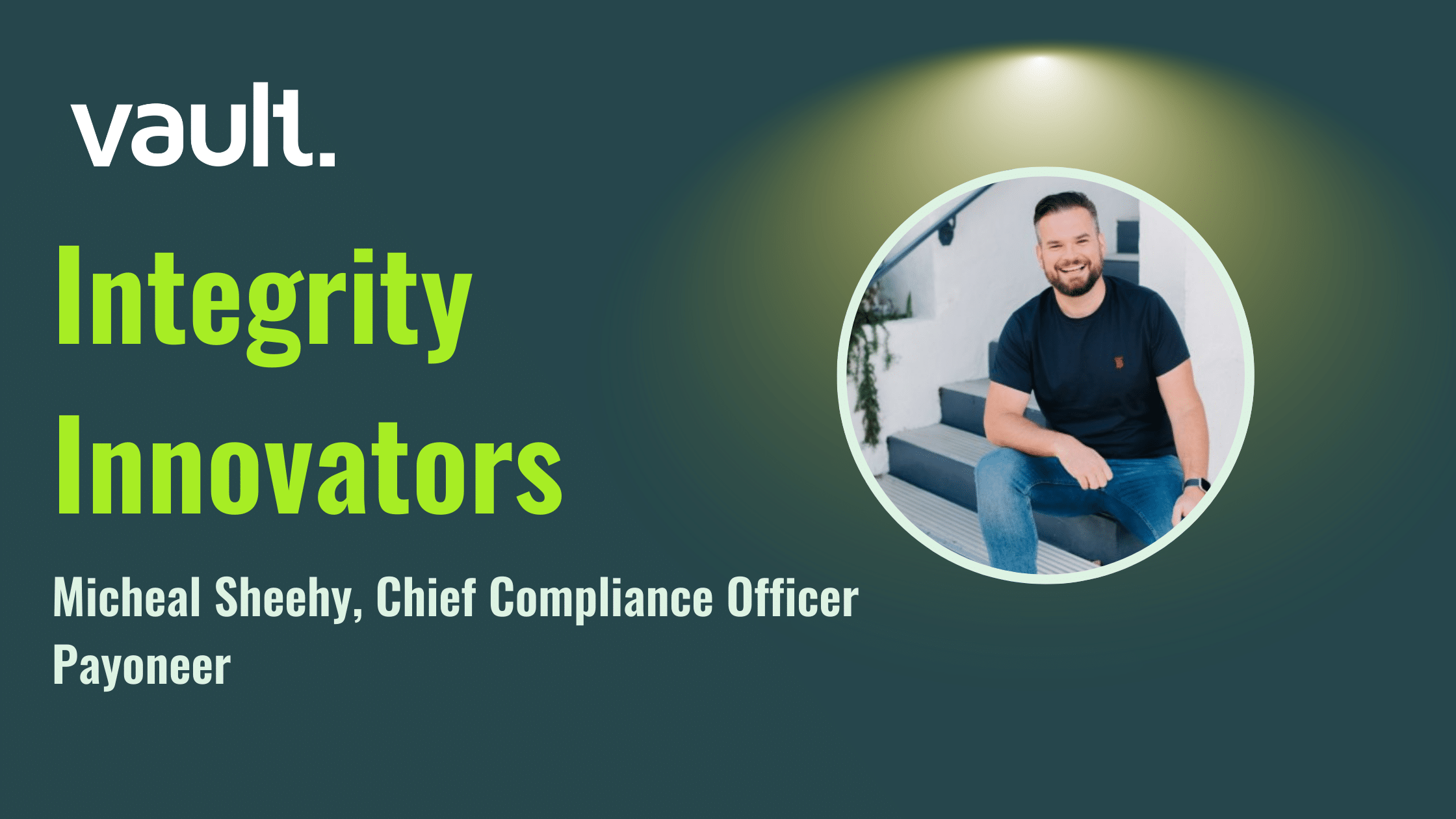The #MeToo and #TimesUp movements pulled back the curtain on the extent of workplace misconduct taking place throughout every industry sector and in all types of businesses. In the wake of these movements, the 2019 film, Bombshell, depicted Roger Ailes’ eventual downfall from Fox News in 2016 due to revelations of allegedly predatory behavior in the workplace. Then Apple TV+’s The Morning Show took a candid look at today’s workplace and the toxic environment fostered when interpersonal misconduct goes unaddressed.
These movements were partly borne out of the New York Times’ exposè and the New Yorker’s investigation into accusations of aggressive workplace behavior and sexual assault by Hollywood mogul Harvey Weinstein (who is now in now in prison having been found guilty). Since then, more victims of workplace misconduct have spoken up and shared their experiences. The result has been that so far more than 200 high-profile men lost their jobs or resigned because of their behavior in the workplace – from Bill O’Reilly to Kevin Spacey, Louis C.K., Charlie Rose, Matt Lauer, Steven Wynn, Leslie Moonves, Mario Batali, and many others. Hundreds more are facing similar allegations.
One of the key takeaways in the cases that made headline news is that the perpetrators got away with their behavior for years with no accountability or consequences – a situation that continues to exist throughout many companies, large and small. Workplace harassment, bullying at work, and discrimination are able to fester, in part, because the structures in place to address these issues haven’t been working. Corporate policies are not well implemented or actioned, retaliation is feared if a complaint is made and, in some cases, undisclosed settlements or non-disclosure agreements are reached to silence victims of abuse.
Addressing workplace misconduct
In order to effectively deal with workplace misconduct, a company’s culture has to change in parallel with its processes. In fact, many executives and boards are beginning to realize harassment, gender and racial discrimination, financial mismanagement, fraud, and other types of misconduct are not only a legal issue but also present a serious reputational risk for the business, which can hurt a company financially as well as in terms of talent retention and acquisition. An article in Harvard Business Review cites that “continued advocacy around #MeToo, new levels of scrutiny from investors and regulators, and increased activism on social media are forcing boards and CEOs to be accountable for culture in ways they haven’t been before.”
The following measures are recommended to deal with misconduct in the workplace and provide an inclusive and safe environment for employees:
- Take a proactive and ongoing approach in making the company’s employment practices and policies known, easily accessible, and be sure to walk the talk. If policies are not followed, a trust gap exists between management and employees, and an environment of tolerance – even indifference – is fostered throughout the organization. Make expectations clear, and ensure that all policies are uniformly communicated and enforced.
- Have the CEO and the organization’s managers set the tone for the company’s ethical standards. Employees who see those in positions of authority who are acting badly will take their cue that the organization condones such behavior and will discourage victims and witnesses of workplace misconduct from speaking up. According to a Harvard Business Review survey, one-third of its respondents say that their leaders don’t behave in ways consistent with company values.
- Provide a safe, secure, and confidential platform for employees to report workplace misconduct without fear of reprisal or retribution. This should be a critical component of an organization’s policies and practices where misconduct is defined and the processes for dealing with bad behavior are outlined. Consider using third-party platform Vault Platform for recording and reporting workplace incidents so that employees feel comfortable about the process and their ability to report anonymously, in-name, or with the support of colleagues. Despite well-intentioned policies, employees are often not yet ready to pick up the phone or walk into an office and speak with management or HR.
- Once the incident is reported time is of the essence. Take all reasonable steps to investigate it, including interviewing the people involved and looking for evidence that corroborates the incident, which can be in the form of emails that, for example, contain racial slurs or sexual innuendos and witnesses who may have seen some of the alleged behavior. Explain all allegations to the accused employee, and give him or her an opportunity to respond. Make it known to the reporter that action has been taken. Employees are reluctant to Speak Up if they think nothing will happen.
- Make accountability part of the company’s culture. If employees see there are no consequences as a result of the perpetrator’s bad behavior or that there’s a disparity in the consequences being handed out, trust in the process will fall by the wayside. Employees should feel that everyone is treated equally and confident that a resolution will take place.
- Document everything, including a timeline of the incident(s) reported, the investigation findings, interviews, corroborative evidence, and the course of action taken. A solution like Vault Platform streamlines this process by keeping all information in one place.
In dealing with misconduct in the workplace, it’s important to treat witnesses and victims with respect and compassion. It’s also critical that retaliation does not take place – in addition to being against the law it will stifle an open environment designed to encourage employees in coming forward.
Vault Platform is designed to empower employees to feel confident to report misconduct and employers to take meaningful actions to reach a resolution.
Book a discovery call with a specialist
[simple-author-box]




